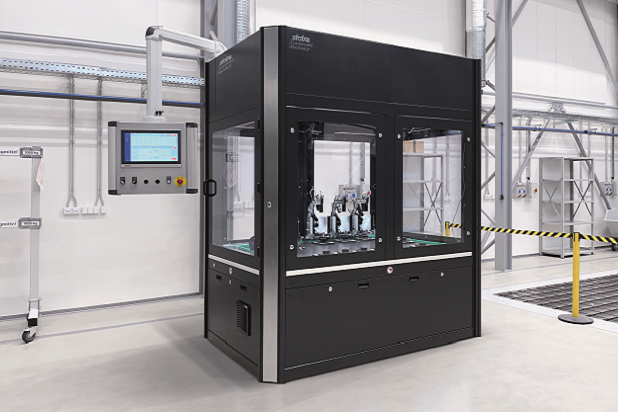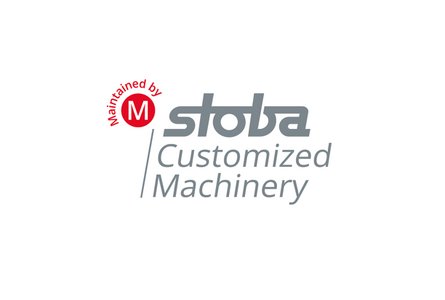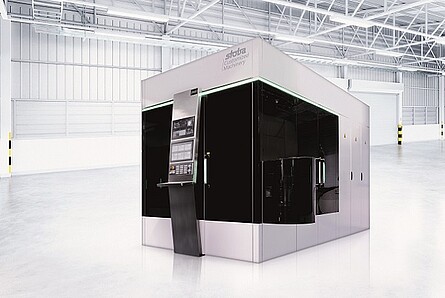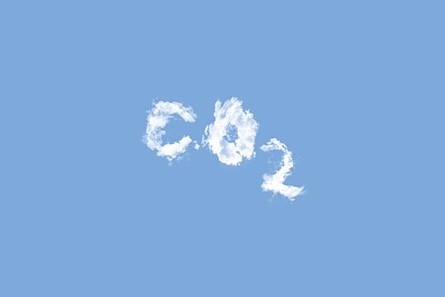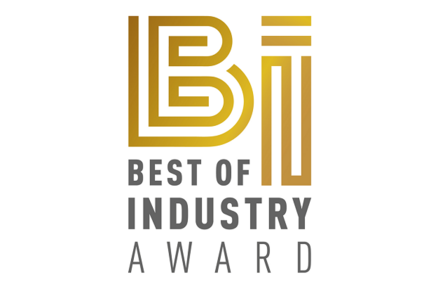TechStories made by stoba: Seamless quality management with leading edge AI-based quality check
Manufacturers and buyers expect flawless products. That is why procedures for seamless quality management are essential in every industry. Even the smallest defects, such as scratches, pores, dents, cavities or impact marks in the surface can lead to expensive complaints, safety deficiencies, loss of functionality and even functional failures. These cause high costs if they are not detected until later in the manufacturing process. Complex geometric or safety- or function-critical components must also be reliably manufactured with consistently high quality to ensure that the company's reputation is not damaged.
Higher quality thanks to automatic visual inspection
The inspection of miniature components with different surface features places high demands on the employed inspection method: They should be highly productive and flexible with maximum quality and should be cost-efficient and trouble-free to inspect.
However, complex object geometries and a wide variety of material properties are increasingly setting limits to conventional visual inspection methods: If, for example, the surface structure of a test piece is irregular or its reflective characteristics vary greatly, defects can often no longer be reliably detected and evaluated.
Not only does this increase the risk of defects, it also increases the proportion of pseudo-rejects in the quality check. For the manufacturer, additional downstream manual checks result in additional costs that could be avoided with optimized systems.
Advanced vision systems work quickly, precisely and objectively: They provide accurate information based on optimized technologies, regardless of the surface condition of the test object - even with high test throughput and short turnaround times.
Automated visual quality check with artificial intelligence from stoba
With InspectorONE, stoba Customized Machinery provides a self-learning machine for the visual inspection of components and products of any kind. Equipped with cameras and deep learning software, the facility quickly and automatically inspects components and products. Deep-learning algorithms can be used to find even the smallest defects on heterogeneous or reflective surfaces that human inspectors often miss, while maintaining consistently reliable quality. Powerful insights are also provided, helping to increase quality and operational efficiency. After the learning phase where real data and synthetic data are collected simultaneously, InspectorONE can be deployed for visual inspection and can make decisions independently.
"The benefit for our customers is that InspectorOne ensures product reliability and quality through state-of-the-art methods. This is especially important in applications such as those in the automotive sector. In addition to quality assurance, economic aspects are also of key importance," says Muhammer Kör, Head of Sales at stoba Customized Machinery.
Qualified defect detection reduces reject quantities
Reject quantities can be kept low by adapting the system's tolerance limit for rejecting deviating components to the specific requirements and, if possible, not defining it too narrowly. This applies to surface scratches, contaminations such as chips on sealing surfaces, particles in liquids, air bubbles in the material, or the completeness of assemblies, e.g. printed circuit boards. Simultaneous inspection of different components on one machine is also supported, as are clean room operations.
"InspectorONE goes a step further and detects deviations of all kinds, can understand where the errors are coming from and use AI to predict possible future errors," notes Michael Berkner, Sales Expert.
Published June 15th 2022
